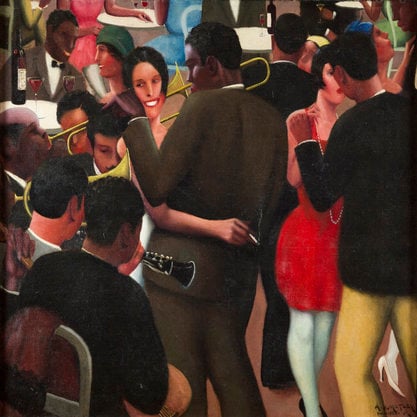Article
Musical Modernism in Bali and Java By McGraw, Andrew
Article
Musical modernism was not domesticated within Balinese or Javanese culture to the extent that it was in other parts of Asia. Although a handful of composers have engaged the specific languages of Western musical modernism, more common is a distinctly Indonesian approach, combining modernist philosophies regarding innovation and art’s role in society with developments in local musical styles. Although Western musical genres—primarily Christian liturgical and colonial military music—had slowly diffused throughout the Indonesian archipelago since the late fifteenth century, Western classical music was not widely domesticated in the Dutch East Indies colony, being primarily limited to upper-class Dutch and mestizo communities in Batavia (Jakarta), Central Java, and Surabaya (East Java). In the early twentieth century these communities overwhelmingly preferred light classical song (seriosa) to classical or modernist styles.


